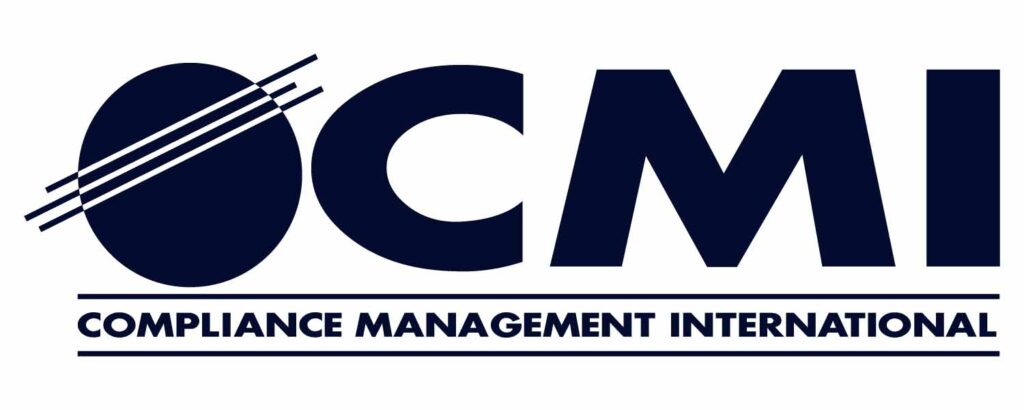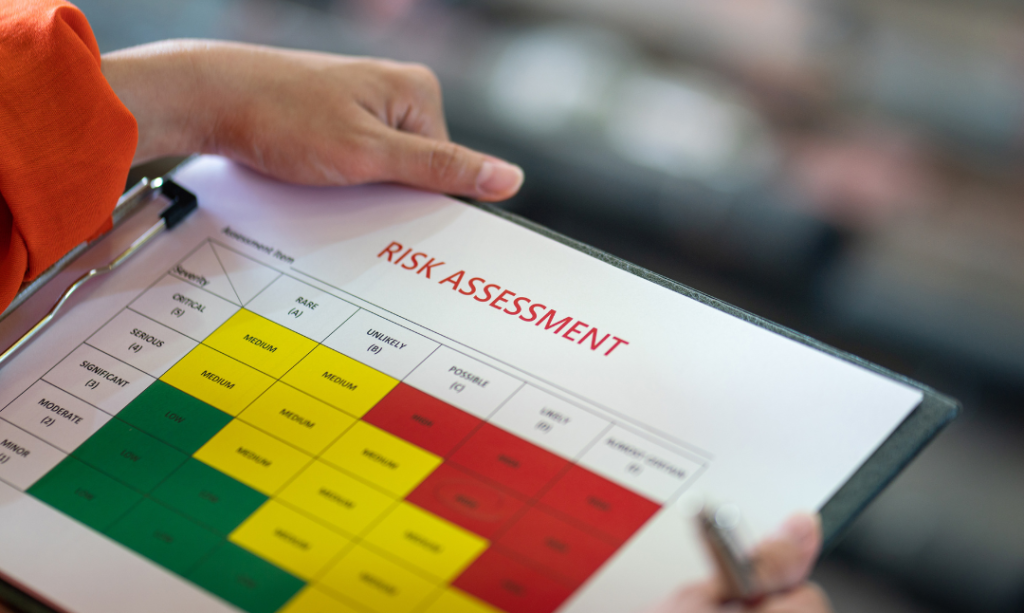Spring in my beautiful home state of Pennsylvania; the scent of new growth, both natural and artificial; the sound of bat on ball; and the familiar orange of work-zone-safety traffic cones. We see crews of (hopefully) hi-vis wearing employees hard at work repairing or building our critical infrastructure. Most people have become complacent to this type of thing, unfortunately. So, readers, let’s talk work zone safety awareness for minute so we can protect human life.
The Stats
In a perfect world, we could shut down roads, and workers could truly focus on taking safety into their own hands. This is not possible many times, and motor vehicle accidents (or MVAs) remain far and away the bona-fide, number 1 workplace injury.
According to the National Census of Fatal Occupational Injuries in 2021, workers in transportation and material moving occupations experienced an all-time high of 1,523 fatal work injuries and are the occupational group with the highest number of fatalities. If you average the total fatalities in the U.S. (5,136) over a 5-year period (2017-2021), you will see that transportation incidents make up a whopping 2,007 of these. In case that sounds a little broad, a “roadway incident” involving a “motorized land vehicle” accounted for 1,227 of these fatalities.
There are three major factors that increase severity of risk for roadway workers; speed, human factors and distracted drivers. Let’s take a look at how these can be controlled.:
Speed
Speed is a balancing act. The more you lower or change a posted speed limit for a work-zone, the greater the risk of a crash becomes. The number one type of work-zone crash is a rear-end collision due to reduced speed limits. Speed was a contributing factor in 31% of 2019 work zone crashes. It is important for drivers to obey posted speed limits, but also, to be cautious about the changing speeds in work zones. Use mirrors and peripheral vision to maintain a constant picture of the surrounding area. If a sudden slowdown or break is necessary, drivers should use four-way flashers as an alert to surrounding drivers.
Human Factors
Driver error caused by human factors are the number one contributing factor to work-zone incidents. Errors can range vastly in frequency and severity, and, yes, we have all been guilty of these at one point or another:
- Recognition errors such as distracted driving, ‘rubber-necking’ and inadequate surveillance and awareness can happen very quickly when we get too careless or comfortable.
- Decision errors like reckless driving maneuvers, false assumptions of other motorists, and misjudgment of clearances will eventually be costly.
- Performance errors such as overcompensation or poor control can be made by young or inexperienced drivers just as well as veteran motorists.
- Non-performance errors such as driving while intoxicated, , lack of sleep, and health issues can contribute greatly to a incident’s severity.
While the environment (conditions, makeup of the roadway, etc.) and vehicle factors (blown tires, crack windshields, etc.) are other contributing factors, human error is far more common. Stay alert and pay greater attention when you notice that telltale orange or bright yellow work-zone warning.
Distracted Driving – The New DD
Being aware of one’s surroundings should always be a driver’s primary concern when finding their way on the roadway, everything else needs to come secondary. When driving, only use phones when at a complete stop, and drivers using GPS applications should utilize a hands-free securement method (built-in screens and phone mounts) to make sure that they can safely focus on the road while navigating. Many GPS applications will automatically divert motorists around traffic and work-zones for convenience. If being late is a concern, drivers should plan to leave 15-30 minutes earlier to avoid delays caused by traffic. Rushing and distracted driving together are a recipe for fatalities.
Remember, a mistake made in a work-zone not only affects you and the employees working, but also surrounding drivers and civilians. Stay alert, motorists, and pay great attention when you notice that telltale orange or bright yellow. Contact CMI for all your safety needs!
Written by Brian Manuel, GSP, Associate Health and Safety Specialist, Health and Safety Services
References:
https://ops.fhwa.dot.gov/wz/resources/facts_stats.htm



